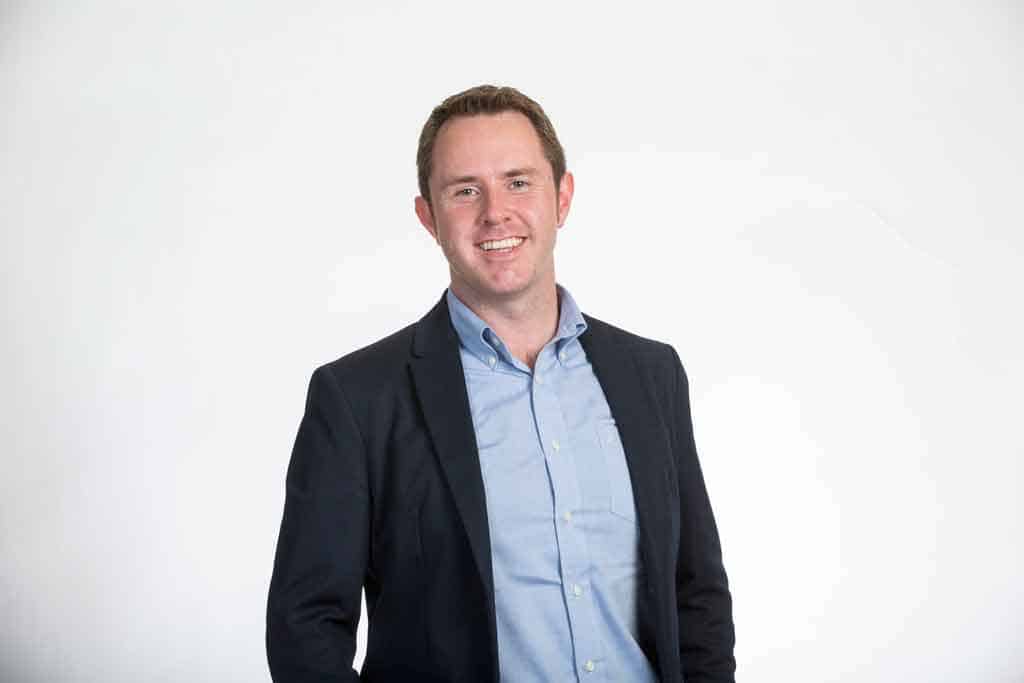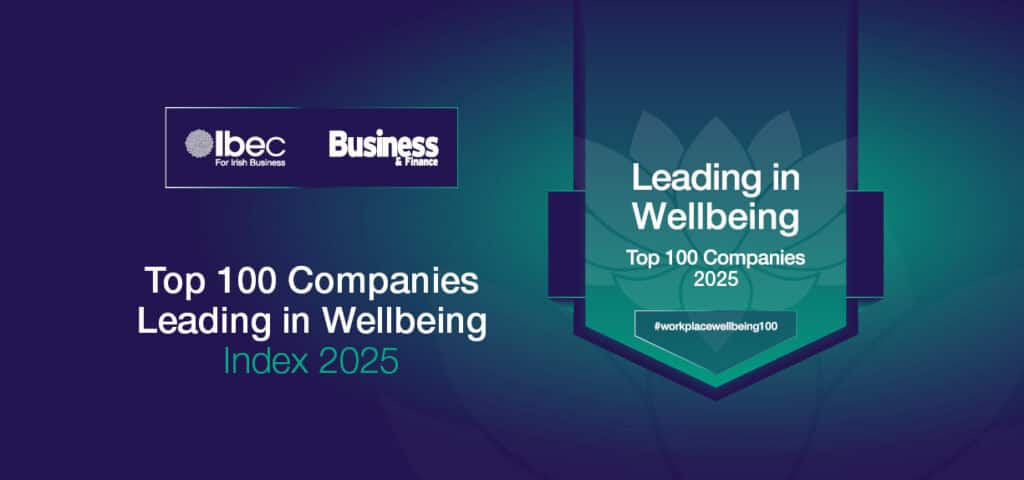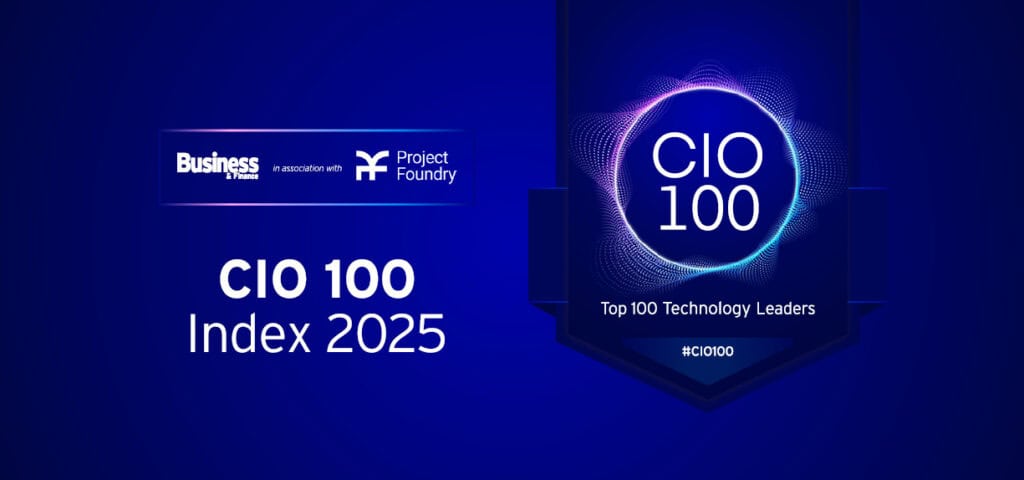Dr Paddy Finn, Electricity Exchange
In our Ones to Watch section, we highlight some of the top movers and shakers in Ireland. This week we feature Electricity Exchange.
What is it?
Electricity Exchange’s Virtual Powerplant Platform is capable of remotely reducing electricity demand on the sites of hundreds of large electricity consumers, either by turning on existing back-up generators or by shutting down non-essential processes for short periods, to make their power available to other users on the electricity system. This achieves the same net effect as a conventional power station with the added benefits of being faster, more scalable, and less costly and carbon intensive to deploy than its conventional rivals. With Electricity Exchange, electricity consumers become active participants in the electricity market and earn significant revenue for being available to seamlessly support the grid if needed, even when they are not called upon.
The company began trading in Ireland’s electricity market in September 2014 and continues to scale its Virtual Powerplant by deploying its systems throughout Ireland. Having achieved repeated year-on-year growth in excess of 110%, Electricity Exchange can already provide the Irish electricity market with as much power as the Ardnacrusha Hydroelectric Powerplant.
The company, founded by Paddy Finn and Duncan O’Toole, places a significant emphasis on research and development aimed towards delivering technical solutions to remove the barriers that limit the use of renewable energy. The emanating technologies, that have been pivotal in the success of Electricity Exchange’s Virtual Powerplant, have wide-ranging applications in other areas of the energy industry such as renewable generation, battery operation, domestic solar control, and power grid monitoring.
Who’s behind it?
Dr. Paddy Finn established Electricity Exchange DAC with his business partner, Duncan O’Toole and began trading in the Irish electricity market in 2014. Born in Ballinasloe, Co. Galway, Paddy studied Electronic Engineering at the University of Limerick and holds a Ph.D. in renewable energy. He is a Finalist in the Emerging Category of the EY Entrepreneur Of The Year™
Paddy is responsible for the strategic direction of Electricity Exchange, including the company’s research and development activities, as well as the day to day running of the business. He is a prominent thought leader in the Smart Grid technology industry and works closely with relevant regulatory bodies as an elected industry representative.
Paddy lives on the shores of Lough Derg in Ballina, Co. Tipperary, with his wife, Deborah. He is a qualified scuba diving instructor and when he’s not working, he volunteers with the University of Limerick Sub Aqua Club and Killaloe/Ballina Search & Recovery Unit.
How is it funded?
Electricity Exchange was initially funded by its founders up to the point that it became cash-flow positive. In August 2016, Bord na Mona bought a 50% shareholding in Electricity Exchange, bringing with them access to capital that allows the company to take on larger scale projects. The company’s shareholders all share a common 5-year vision which sees a considerable portion of Electricity Exchange’s revenues being reinvested into continued R&D. This is aimed towards diversifying their activities and delivering their market-leading technologies into other sectors of the energy market, both at home and abroad.
Future plans?
Having recently moved recently moved to a purpose designed premises in Castletroy, Limerick, Paddy and the team at Electricity Exchange are planning to double its headcount in the next 12 months. The increased staff levels will support the company’s international expansion and an increased range of R&D activities. The company aims to double turnover to about €10 million this year, having achieved 140 per cent revenue growth in the last financial year.
In 2019, Electricity Exchange will begin to offer its market-leading technologies, which were pivotal in the company’s rapid growth, to other sectors of the energy market in Ireland and other global markets with similar renewable ambitions.







